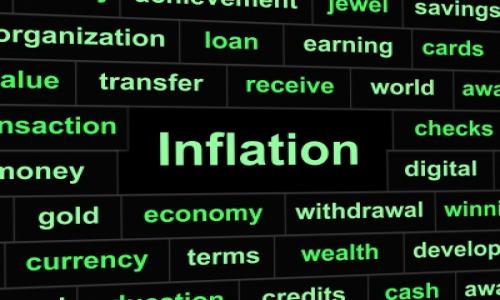In testimony before the Senate Banking Committee in Washington today, Fed Chairman Bernanke said that inflation was expected to remain low through 2013, despite the recent run-up in oil prices. That means bank rates will also remain at rock-bottom levels.
Core CPI rose 0.8% in January from the year before, the smallest rate of increase in the past 50 years. There is still no inflation and with high employment the Fed feels very little need to raise the Federal Funds Rate. Instead, the Fed is pumping more money into the economy via QE2.
For the next year, rates will be influenced by several factors, including an improving economy, high unemployment and labor slack, and rising commodity and oil prices. While high oil prices could introduce inflation, it could also lower growth, which would create more unemployment and reduce wage pressure. Since labor is a bigger factor in the cost of goods than energy, these forces may work to mute each other's impact on inflation.
The bottom line for savers: a spike in rates may not be coming anytime soon. The best savers can do is maximize their assets held in banks by looking for the best rates. Savers may also want to go out beyond one year in order to grab higher yields. Higher rates may not be here for another 2 years.
Three years ago, the pundits claimed we were about to enter a period of hyperinflation and investors should keep their money liquid. Investors who kept their money in savings and short term CDs have watched yields drop dramatically in the period since.
CD ladders, bond barbells, and other strategies designed to deal with rate uncertainty may be good strategies to lock in the highest rate while also providing some flexibility.













Comments
Shorebreak
March 16, 2011
There are no easy answers here. I have resigned myself to a low interest rate environment for the next 3 to 5 years and have gone mainly into longer maturity certificates when my current laddered ones have matured. Three percent is better than one percent right now.
Is this review helpful? Yes:0 / No: 0
Add your Comment
use your Google account
or use your BestCashCow account